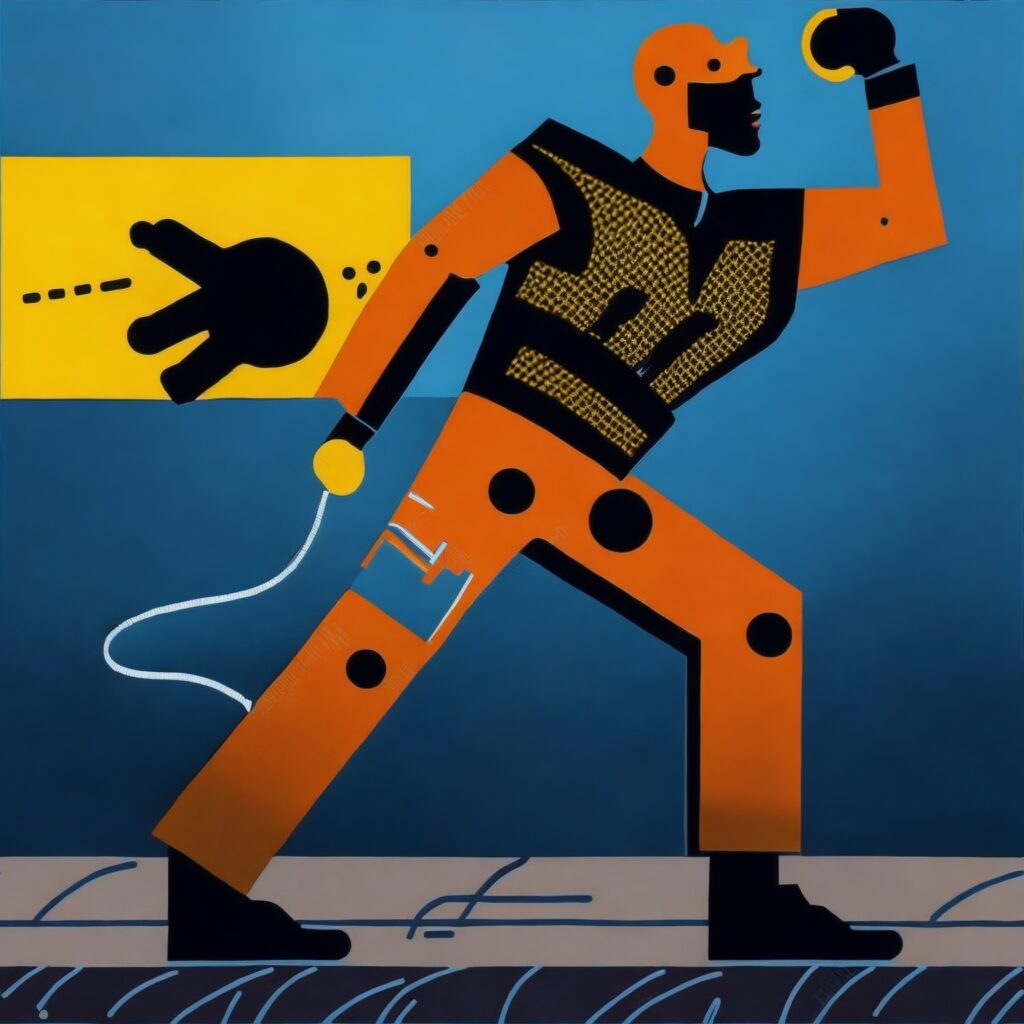In all of human history, the creation and use of tools often stands out as the crowning achievement of our species. From the flint-tipped spear to the modern computer, tools are frequently seen as markers of our ingenuity, our mastery over the environment. But as we step back and view the grand panorama of our evolution, a provocative question arises: Is our fixation on tools overshadowing an even more important innovation?
An Evolutionary Glance: Tools and Intelligence
Stone tools, wielded by our ancient ancestors, undeniably paved the way for our progression. Axes, knives, and other rudimentary implements weren’t just extensions of their hands, but of their minds. These tools unlocked new dietary avenues, influencing our physical and mental evolution. The ability to repurpose an object to solve an intricate problem is indeed a marker of abstract thinking, an attribute we proudly claim.
It’s not just us. Nature has its gallery of tool-users, from the inventive crows fashioning twigs to snag larvae, to dolphins wielding sponges to protect their rostrums while scouring the seafloor. Even the octopus, in its underwater realm, exhibits moments of tool use. But do tools alone define intelligence or signify superior evolutionary progress?
Our Primate Mirror: The Common Chimpanzee vs. The Bonobo
In our quest to understand ourselves, we often look to the common chimpanzee, our closest evolutionary cousin. Their societies, like ours, can be riddled with strife. Wars over territory, power struggles, and even acts of infanticide mar their history. Is this the dark mirror reflecting our primordial nature? If so, what has set us on a distinct path, allowing us to construct vast, interconnected societies, divergent from our primate kin?
The bonobos, sometimes dubbed “the forgotten ape”, offer an intriguing counterpoint to the aggressive narrative of the common chimpanzee. While both species share striking similarities in DNA, their societies are strikingly distinct. Bonobos reside in matriarchal societies where females wield significant influence, ensuring a cooperative and harmonious social structure.
Unlike their chimpanzee counterparts, bonobos have developed a unique method to defuse tension and reduce conflict — through social bonding and intimacy. When disagreements arise, they often resort to physical affection as a means of reconciliation. This remarkable ability to transform potential violence into cooperative gestures highlights the diverse strategies nature employs in the name of survival and coexistence.
So, when reflecting upon our own nature, the bonobo offers a fascinating insight. It suggests that the capacity for peace, empathy, and cooperation is as deeply embedded in our evolutionary lineage as the capacity for conflict. While chimpanzees might showcase our primal instincts for power and territory, bonobos illuminate another side of the coin — an inherent drive towards community, understanding, and mutual respect.
In essence, our journey as a species might not just be about diverging from our primate kin, but about reconciling these dual legacies within ourselves. We carry both the shadow of the chimpanzee and the light of the bonobo, and recognizing this duality provides a richer, more holistic perspective on our human potential.
Weapons or Words? Unveiling Humanity’s True Strength
Herein lies the paradox: Many of our most vaunted tools, from bronze swords to ballistic missiles, have been fashioned for conflict. The timeline of human innovation can sometimes read like a chronicle of escalating warfare. Yet, every advancement in weapon technology comes with a tragic cost. Wars ravage landscapes, decimate populations, and create scars that linger across generations. The very tools that showcase our brilliance also spotlight our potential for self-destruction.
But is this the full story? If we delve deeper, an alternative narrative emerges. Parallel to our obsession with weaponry runs another thread, one that’s far more constructive. Throughout our shared history, as we forged blades and built battlements, we also convened councils, drafted declarations, and erected institutions. These endeavors, though less tangible than tangible tools of war, might be our most profound achievements.
Humans lack telepathy. We can’t intuit intentions or share our visions without articulation. So, while our species’ ingenuity in tool-making is undeniable, our true genius might well reside in our capacity for non-violent cooperation. Our ability to communicate, negotiate, and build consensus is unparalleled in the animal kingdom. When we look at the grand tapestry of civilization, it’s not just marked by battles and bloodshed but also by diplomacy, dialogue, and mutual understanding.
In the final analysis, the chronicle of humanity may be less about our capacity to wage wars and more about our innate desire to weave webs of cooperation. And as we stand at the crossroads of an increasingly interconnected world, it’s this legacy of peaceful collaboration — not confrontation — that holds the promise of a brighter future for all.
Non-Violent Cooperation: Humanity’s Magnum Opus
In the grand theatre of human innovation, systems promoting peaceful cooperation outshine all others. Democracy, a shared voice in governance. Legal systems that favor contractual agreements over combat. These are the innovations that have allowed vast numbers of unrelated individuals to coexist, to collaborate, to dream together.
In the end, while physical tools have shaped our world, our ability to cooperate non-violently may very well be our most profound innovation. As we look to the future, understanding and nurturing this innate ability to collaborate peacefully may be our best tool in navigating the challenges ahead.
